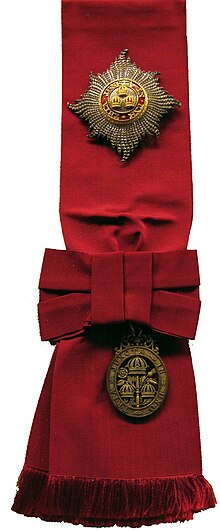SIR FRANCIS WORKMAN-MACNAGHTEN, KNIGHT, WAS CREATED A BARONET IN 1836
FRANCIS MACNAGHTEN (1763-1843), younger son of his father, Edmund Macnaghten, of Beardiville, County Antrim, by his second wife Hannah, daughter of John Johnstone, of Belfast.
Mr Macnaghten received the honour of knighthood on his appointment as a judge of the supreme court of judicature at Madras, in 1809; from which he was transferred to that of Bengal, in 1815.
The Honourable Mr Justice Macnaghten retired from the Bench, to embark for Europe, in 1825.
He succeeded to the chieftainship of Clan Macnaghten, and the patrimonial estate of Beardiville, on the decease of his brother, Edmund Alexander Macnaghten, in 1832, which demise he made over to his eldest son.
Sir Francis had assumed the additional surname and arms of
WORKMAN in 1823.
In 1806,
CAROLINE WORKMAN (only surviving child of Meredyth Workman, and his wife, Mary Macnaghten, first cousin of Sir Francis), pursuant to the injunction of her father and mother, settled upon Sir Francis Macnaghten, and his heirs, the Workman estate of
MAHON, in County Armagh; and on the death of the said Caroline, in 1823, Sir Francis, as he had stipulated, assumed the surname and arms of
WORKMAN.
Sir Francis was deeply affected by the terrible death of his son, Sir William Hay Macnaghten, a baronet in his own right, in 1841.
He died two years later, in 1843.
























